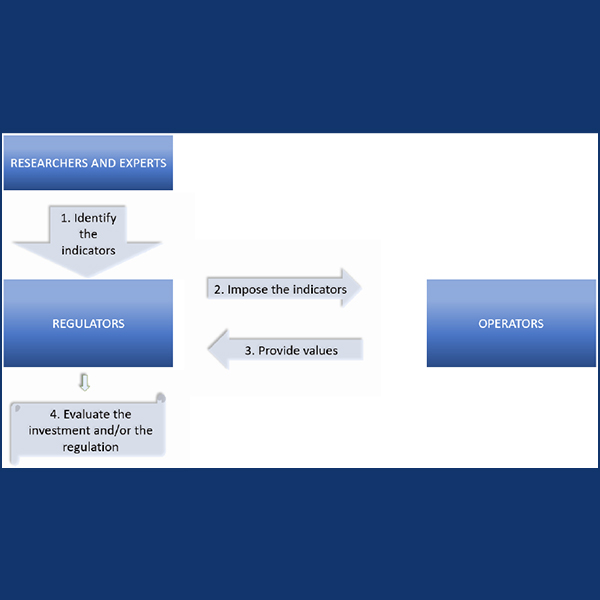NERC is projecting a total ERO Enterprise budget of $211.4 million for 2021, up 2.4% from the previous year as the organization and its regional entities grapple with the uncertain economic conditions arising from the COVID-19 pandemic.
In the first draft of NERC’s 2021 business plan and budget, the organization set its proposed budget at $82.9 million, an increase of $203,000 from the 2020 budget. The figure includes delay costs of about $1.8 million associated with the Align software tool, which was originally planned for rollout in 2019 but is now scheduled for release in 2021. (See NERC’s Align Tool Set for 2021 Rollout.) NERC plans to pay the Align delay costs using its operating contingency reserves (OCR), meaning assessments should not be affected.
ReliabilityFirst plans to raise its assessment from $22.3 million to $23.2 million, while SERC Reliability expects its assessment to grow from $22.5 million to $23.5 million. Midwest Reliability Organization and Texas Reliability Entity will keep their assessments flat at $17 million and $13.3 million, respectively, while Northeast Power Coordinating Council plans to reduce its assessment from $15.3 million to $15.2 million, and Western Electricity Coordinating Council expects a reduction from $25.3 million to $25 million.

ERO Enterprise 2021 preliminary budgets | NERC
NERC proposes to keep its own assessment unchanged at $72 million. In drafting the business plan and budget, NERC aimed to keep its assessment flat overall from 2020 in response to economic uncertainty among the electric industry and load-serving entities. Total ERO Enterprise assessments are expected to rise to $189.2 million, a 0.8% increase over 2020.
Align Delay Accounts for OCR Rise
NERC broke down its budget by category as follows:
- Personnel — $48.2 million (3.4% increase over 2020). For 2021, overall headcount is expected to remain stable, with the increased budget attributable to rising salaries and medical insurance premiums.
- Meetings and travel — $2.2 million (33.7% decrease). Fewer in-person meetings are expected in 2021 because of ongoing pandemic conditions.
- Operating expenses — $28.2 million (2.2% increase). Increased software support expenses for products such as the ERO Secure Evidence Locker (SEL) will offset lower spending on other contracts and consultants and professional services for noncritical projects. (See NERC Investigating Chinese Tie to Software Vendor.)
- Fixed assets — $3.3 million (29.5% decrease). The fixed assets budget includes the Align delay costs.
- Net financing activity — $845,000 (505.2% increase). No loan borrowing is planned for 2021; debt servicing costs include a planned $2 million loan this year covering development costs for the SEL.
NERC also expects the OCR balance at the beginning of 2021 to be $7.7 million, representing 10.7% of the organization’s total budget, minus the System Operator Certification and Cybersecurity Risk Information Sharing Program (CRISP) budgets. This is higher than the normal target of between 3.5 and 7%; the excess is planned to fund the Align delay costs, as well as to have additional cash reserves on hand in light of the uncertain economic conditions.

ERO Enterprise 2021 preliminary budget by program area | NERC
The Compliance Monitoring and Enforcement Program (CMEP) (51%) and Reliability Assessment and Performance Analysis (RAPA) (18%) are expected to account for the largest share of the ERO Enterprise’s spending once again, as they did in last year’s budget. (See ERO Budgets up 3.8%; Assessments up 2.9%.)
NERC is requesting comment from industry stakeholders on the proposed business plan and budget by June 26; stakeholders are also encouraged to participate in their relevant REs’ stakeholder review processes. The Finance and Audit Committee will hold a conference call and webinar at 1 p.m. ET on June 4, where representatives from NERC and the REs will provide an overview of their 2021 business plans and budgets.



